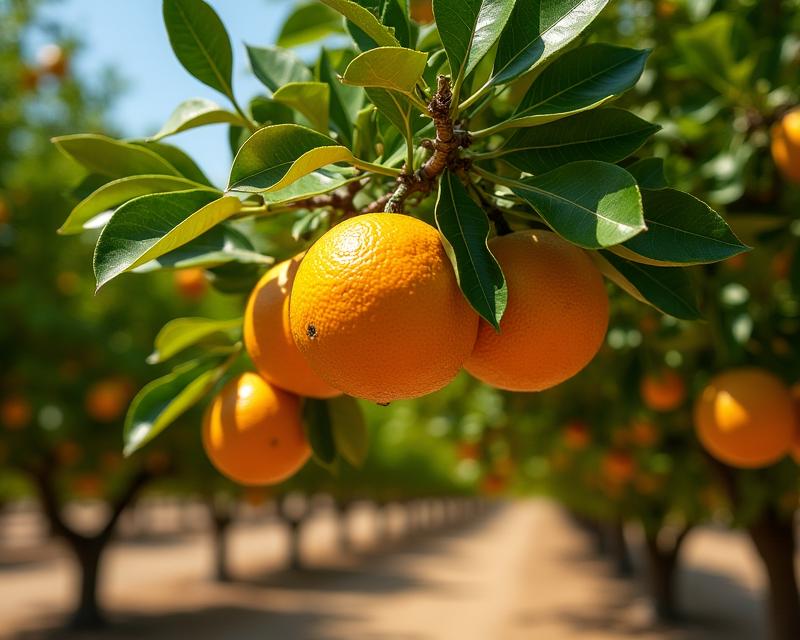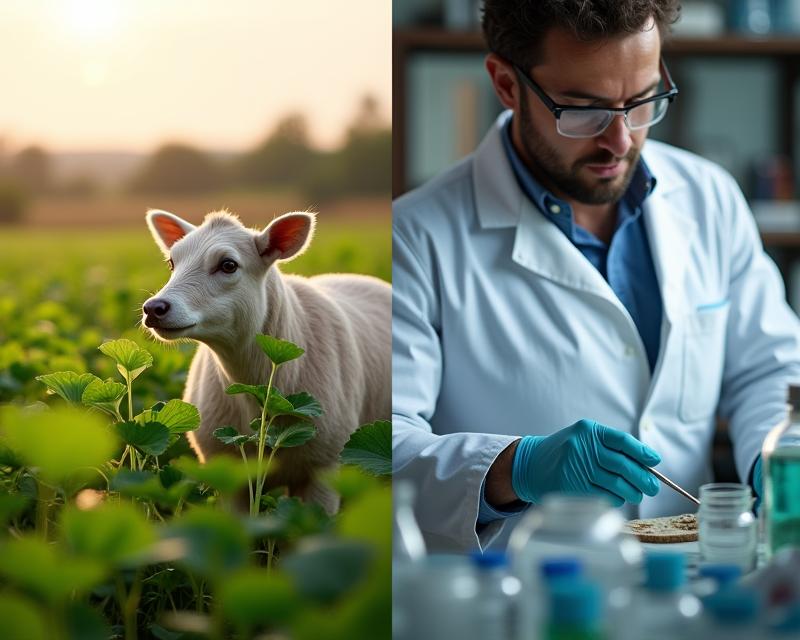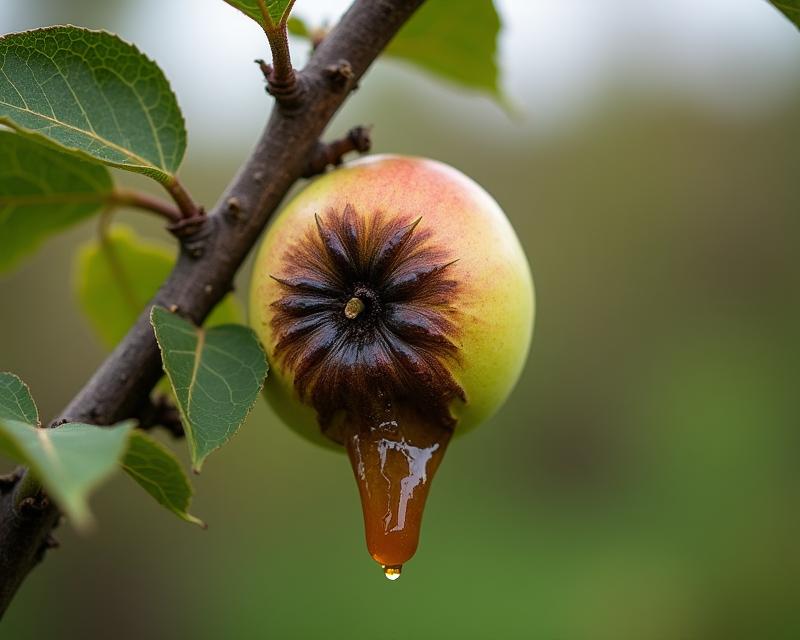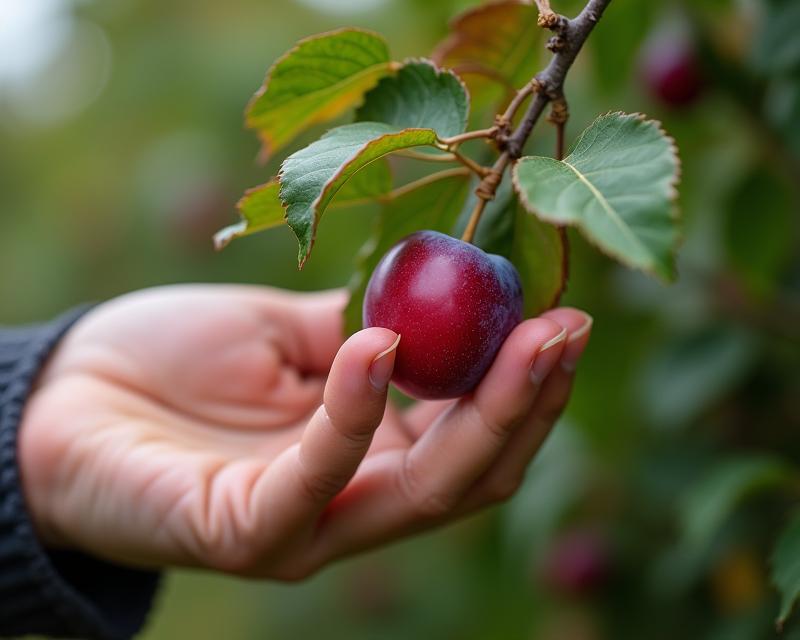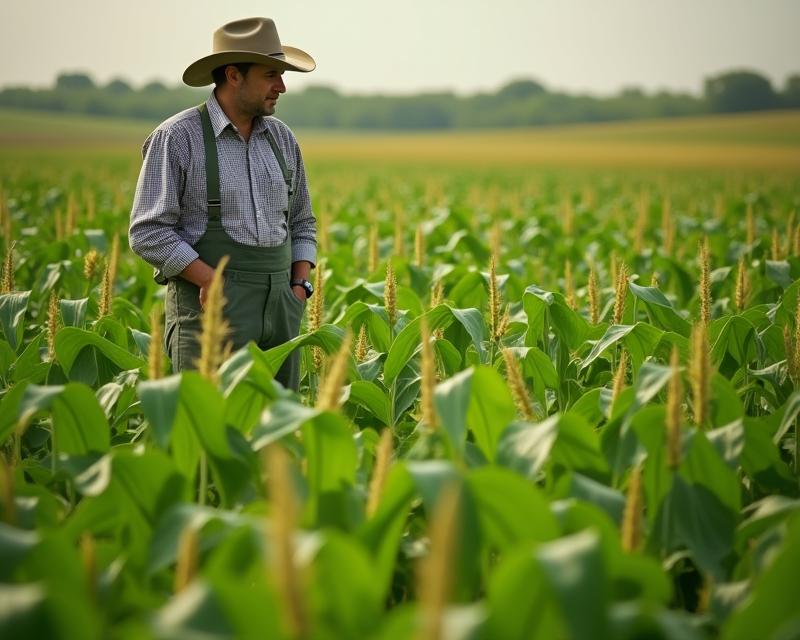Bt Resistance: A Growing Concern for Farmers
Publish in Crops el 06/07/2025 17:51
Bt Resistance: A Growing Concern for Farmers
Welcome, fellow farmers and gardeners! We're facing a challenge in modern agriculture – the increasing resistance of pests to the beneficial toxins found in genetically modified (GMO) crops, particularly those containing Bt (Bacillus thuringiensis) protein. For years, Bt crops have been a game-changer, reducing our reliance on broad-spectrum insecticides and offering a more targeted approach to pest control. But nature has a way of adapting, and pests are evolving to overcome these defenses.
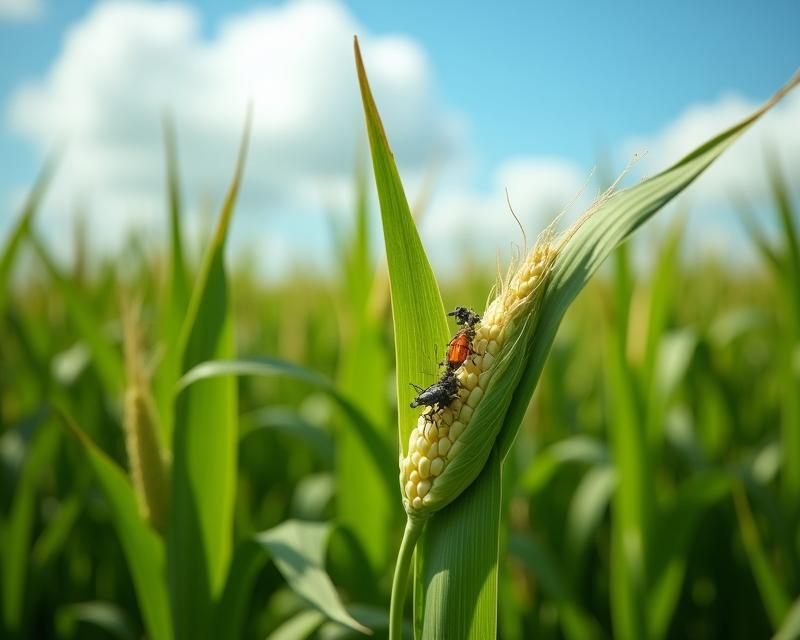
So, what's happening? Bt toxins work by creating a protein that's harmful to specific insect pests. When these pests eat Bt-expressing crops, the toxin disrupts their digestive systems, ultimately leading to their demise. However, with widespread and continuous exposure to Bt toxins, some pest populations have developed resistance. This happens through natural selection – the pests with slight genetic variations that allow them to survive the toxin become more prevalent, while the susceptible pests are eliminated. These resistant pests are often referred to as "superbugs" because they are harder to control.
The emergence of Bt resistance is a serious concern for several reasons. First, it means that Bt crops may become less effective over time, requiring farmers to resort to older, broader-spectrum insecticides. These insecticides can harm beneficial insects, pollinators, and even the environment. Second, managing resistant pests can be more costly and time-consuming, impacting farm profitability. Third, it raises questions about the long-term sustainability of Bt technology. It’s a constant arms race, and we need to be proactive in managing this challenge.
What can farmers and gardeners do? There are several strategies to slow down the development of Bt resistance. Refuge strategies are key – this involves planting non-Bt crops alongside Bt crops. The non-Bt plants provide a haven for susceptible pests, preventing them from being exposed to the Bt toxin and allowing them to reproduce. Crop rotation is another important tool. Switching between different crops disrupts pest cycles and reduces the pressure on Bt crops. Integrated Pest Management (IPM) is a holistic approach that combines various pest control methods, including biological controls (like beneficial insects), cultural practices, and judicious use of insecticides only when necessary. Finally, monitoring pest populations regularly can help detect resistance early on, allowing for timely intervention. Staying informed about the latest research and best practices is crucial for navigating this evolving challenge and ensuring the long-term health of our crops and our farms.
- Refuge Strategies: Planting non-Bt crops.
- Crop Rotation: Switching between different crops.
- Integrated Pest Management (IPM): A holistic approach.
- Monitoring: Regularly check for pest populations.
